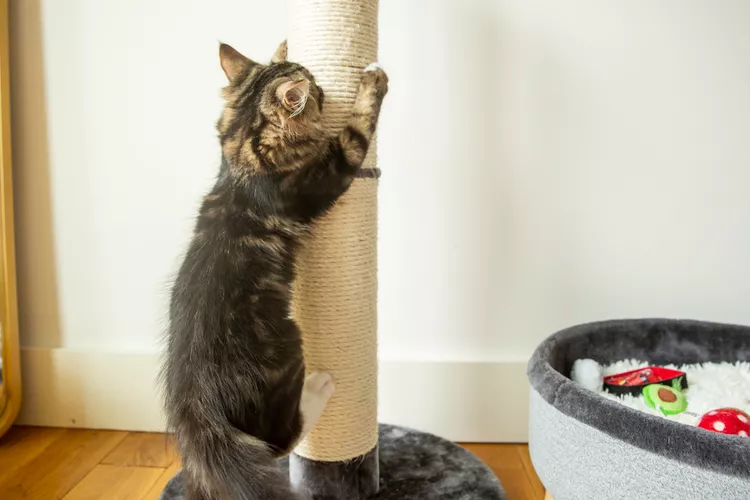
Cats don't scratch carpets out of spite or an instinct to destroy—scratching is a natural behavior for cats. Cats scratch things to care for their claws, mark surfaces, invite play, or attract attention, Most prefer to scratch surfaces that they can sink their claws into, like carpet, drapery, and upholstery—much to the dismay of cat owners.
It's important to stop your cat from scratching your carpet and other beloved possessions and direct the scratching to a better target so you can preserve your household furnishings (and your relationship with your cat).
Cats scratch by digging their front claws into a horizontal or vertical surface, then pulling their feet down or back. While this often damages the item being scratched, it provides a benefit to the cat. Scratching is an important part of a cat's health and well-being. There are a few reasons why cats scratch, and it all comes down to instinct.
The action of scratching, referred to as stropping, loosens and removes the outer layers of the claw to reveal a sharp new surface underneath. You may find these nail layers around your home, especially in areas where your cat likes to scratch. Claw sharpening is an act of grooming for the cat.
Scratching also exercises the muscles of the forelimbs and spine to keep the cat in top shape for hunting. Some cats will scratch by lying down and pulling their body weight along the floor. The surfaces they choose to scratch are usually fixed and nonyielding to provide resistance against the muscles they use to scratch.
Scratching is also used as a form of communication or marking behavior. The scent and sweat glands on the feet mix together and produce a unique smell. When claws are scraped down a surface, they leave behind marks, scents, and claw husks. Other cats can see and smell this like a message.
Outdoor cats may leave evidence of scratching on trees, fence posts, sheds, and wooden gates. It's no coincidence that these are all areas that are highly visible to other outdoor cats. Such scratching is a territorial behavior used to communicate with other cats and mark boundaries.
Indoor cats tend to find similar surfaces indoors to serve their instinct to scratch, often targeting softwoods, carpets, and fabric-covered furnishings.
In some cases, scratching is a precursor to play, either with another cat in the home or with human companions. It may also be a bid for attention. If a cat is routinely shooed or chased away when it scratches furniture or carpeting, it may come to associate scratching with receiving attention.
Your first option for preventing damage from scratching is to direct your cat's behavior to an acceptable target. Kitty furniture such as scratching posts are designed for that exact purpose.
What do you do if your cat refuses to use the scratching post or sometimes chooses to ignore it in favor of your carpeting? The best solution is to provide scratching surfaces that are more desirable to your cat than your furnishings.
Add a horizontal scratching pad. Cats have their own individual scratching patterns and preferences. Those who scratch carpeting may be more inclined to scratch horizontally than use a vertical scratching post. Fortunately, there are scratching pads made for horizontal scratching; some are wedge-shaped inclines and others are flattened out. Experiment to find one that your cat likes.
Add multiple scratching posts and pads, covered with different materials and different textures. The choice of different scratching options may relieve your cat of its need to sharpen its claws on your carpet. Many scratching posts are covered with carpet, but you should add one or two with a different material, such as sisal, corrugated cardboard, or even plain wood. Remember that cats like varying surface angles for scratching, ranging between horizontal and vertical. So ideally, provide at least one of each: a tall vertical scratching post, a flat scratching mat, and an inclined scratcher. Make sure scratching posts are heavy and sturdy so they remain fixed in place while your cat scratches them.
Cover up the spot where your cat scratches. If possible, move a piece of furniture (or a scratching post) to your cat's favorite carpet spot. A sisal scratching post may be a good choice here. For scratching that takes place in front of an entryway, cover the area with a thin mat. Two-sided tape can act as a deterrent and eventually train your cat to avoid the area, especially on vertical surfaces.
Infuse the area with scent. Use a feline pheromone plug-in or a spray like Feliway in the area where your cat has been scratching. Although these types of products aren't marketed specifically for this purpose, cat behaviorists have found that the "friendly pheromones" in these products can fool cats into believing the area has already been "marked" by another cat, often discouraging scratching behavior.
Consider your cat's anxiety level. A cat may resort to more frequent scratching if it's emotionally stressed, such as when it feels threatened by environmental changes or a new pet (or a new child) has recently become a part of the household. Paying more attention to your cat, including playing with it more often, may offer the reassurance it needs to give up its carpet-scratching habits.
While you're working on methods to stop your cat's carpet scratching, you'll want to minimize the damage to your home in the meantime. Trim your cat's claws regularly, using a sharp claw-trimming tool. This will help keep the damage to a minimum.
You may also wish to try a product like nail caps. These should only be applied to cats that allow you to handle and manipulate their paws. If you've never used nail caps before, many veterinarians and most large pet supply stores offer installation and training for a small fee. Your cat probably won't mind them, and they'll prevent the shredding-type of damage your cat sometimes inflicts on your rugs.
Edited by Jenna Stregowski, RVT
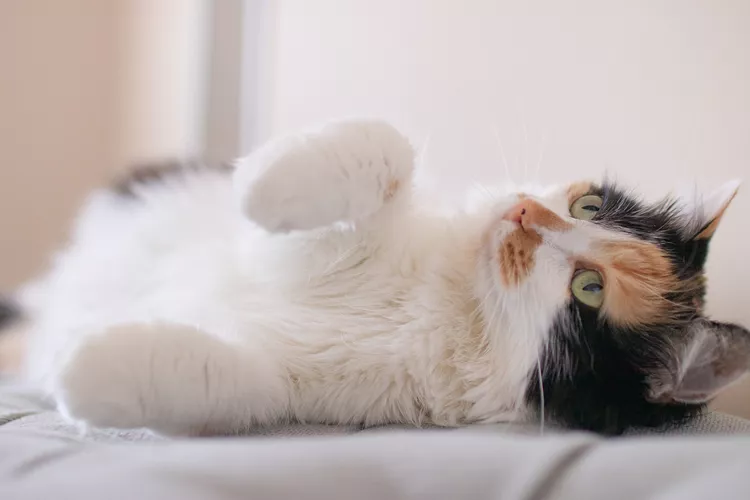
Cute Pictures & Facts About Calico Cats & Kittens
Learn fascinating facts about calico cats, including photos, the genetics behind this color combination, and common folklore and traditions.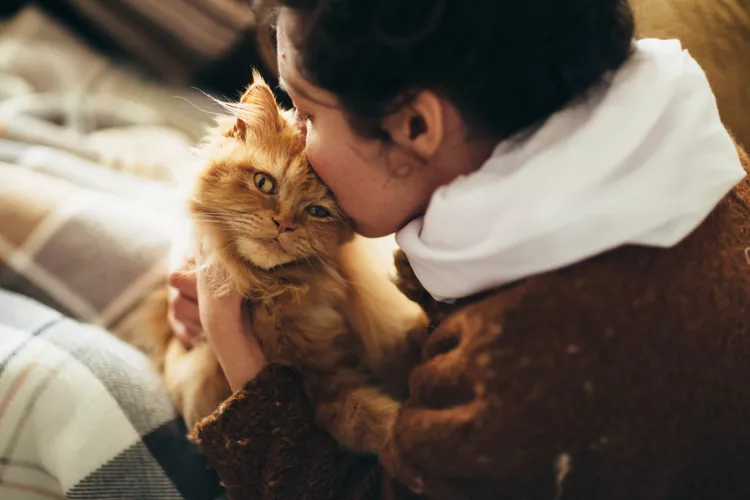
How to Prevent Cat Separation Anxiety During Vacations
Discover why cats develop litter box problems and cat behavior problems when you go on vacation and what you can do about it to help them.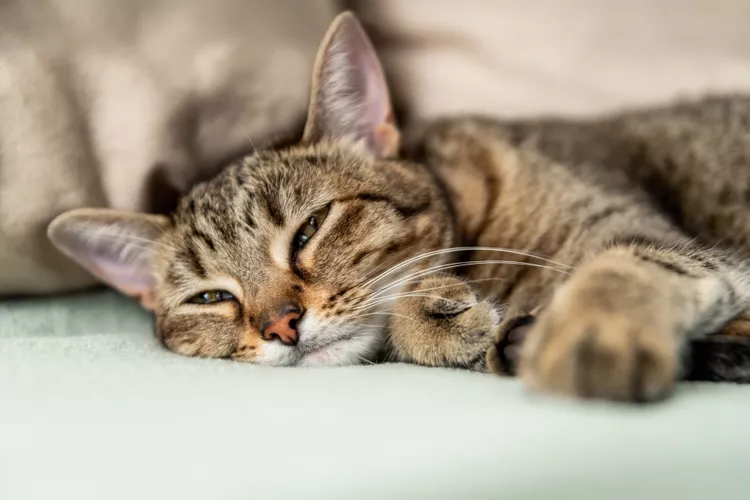
Cat Behavior Changes That Might Mean Something's Wrong
Cats' behavioral changes may indicate problems—or they may mean nothing at all. Explore causes of odd behavior and what to do about them.
Lhasa Apso: Dog Breed Characteristics & Care
The Lhasa apso is an ancient breed from Tibet that was bred to be a watchdog. Learn about its history, health, exercise needs, and more.
Reasons Why Dogs Run Away and How to Stop It
Dogs can escape, especially if they’re bored and not properly contained. Here are some techniques for stopping your dog from running away.
Can Dogs Get Depression? How to Help Your Sad Dog
Can dogs get depression? Learn about the signs of depression in dogs and find out how to help your sad dog.
How to Stop Aggression in Dogs
Dog aggression can be a serious behavior issue for pet owners. Learn how to stop aggression in dogs before someone gets hurt.
How to Stop Your Dog From Growling
A growling dog can soon become even more aggressive. Reduce the noise and potential for a dangerous situation with some of these techniques.
Why Do Dogs Dig Holes? How to Stop Your Dog from Relandscaping Your Yard
Dogs have been digging holes for centuries and for many reasons. Whether they’re bored or want to cool off in the dirt, here are the top reasons why dogs dig holes.
Dog Treat Varieties
Learn about the different types of dog treats on the market and decide which are best for your dog.
Can Dogs Eat Asparagus?
Dogs can eat asparagus, provided the vegetable is cooked plain and cut up for them. Seasonings, salt, and butter make it unhealthy for dogs.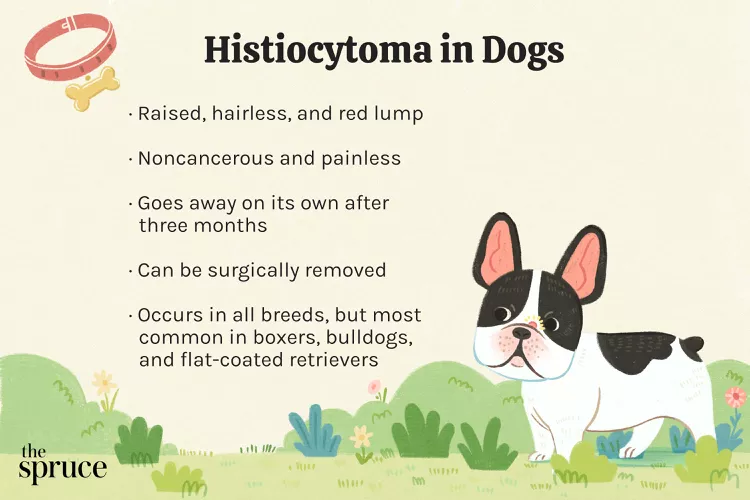
Histiocytomas in Dogs
A histiocytoma is a type of benign (non-cancerous) skin lump that usually affects young dogs. Learn the causes, treatment, and prevention.
Why Is My Dog’s Eye Swollen?
If your dog's eye is swollen, she may need veterinary attention. The inflammation could be caused by allergies, an injury, or even a tumor.
Common Bugs and Parasites Found on and Inside Dogs
Learn about common types of parasites in dogs. Find out how to treat and prevent parasites to keep your dog, your family, and yourself safe.
Exploring the Different Types of Pet-Friendly Beaches
Are you looking for pet-friendly beaches? Learn about the different types of pet-friendly beaches, their locations, and tips for visiting them with your pet.
10 Obscure, Little-known Canine Facts in Honor of National Dog Day
With National Dog Day upon us, it's time to celebrate everything about our favorite pets—even the weirder stuff. Here are 10 obscure facts about dogs you probably didn't know.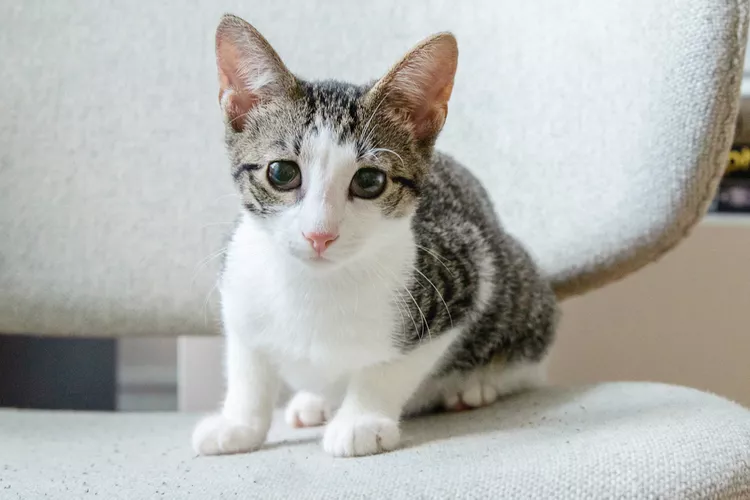
Kitten Development From 3 to 6 Months Old
Kittens grow and change a lot during their first year. Find out what happens between the ages of three months and six months old.
95 Siamese Cat Names
Our list of Siamese cat names has diverse and fun options to help you choose the ideal moniker for your elegant and lovable feline companion.
What to Buy for Your New Cat: A List of Essentials
Before you bring your new cat or kitten home, there are a number of things to collect or buy so your cat will feel welcomed like a family member.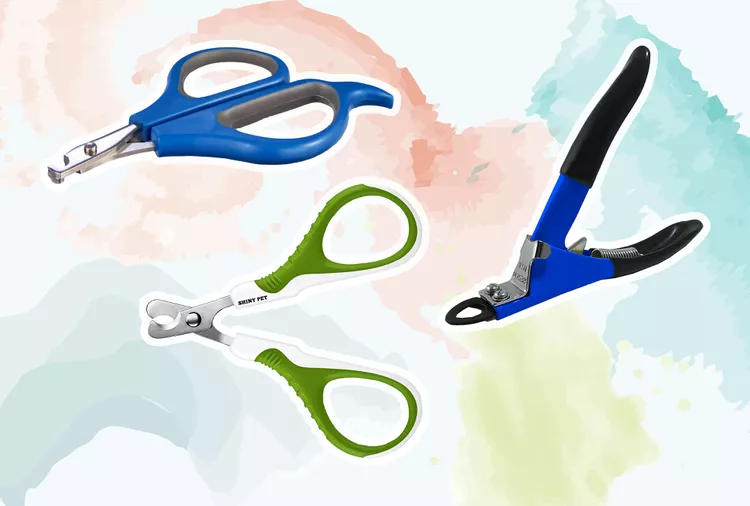
The 6 Best Cat Nail Clippers of 2024 for a Safe Trim
Clipping your cat's nails can save your furniture and keep your kitty comfortable. We asked veterinarians for their cat nail clipper recommendations.